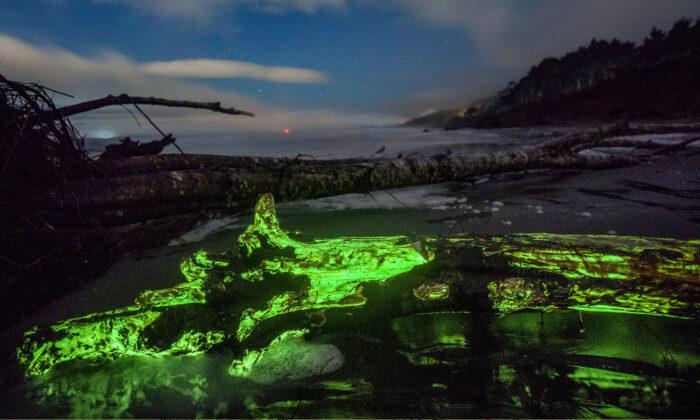Thwarted by cloud cover while trying to capture a lunar eclipse on film, a Washington photographer ended up with something incredibly magical. He turned his camera toward the ocean and snapped neon green bioluminescent fungus glowing on nearby driftwood, and the resulting images are spectacular.
Photographer Mathew Nichols, 28, who works in forest restoration by day, traveled to his local Kalaloch Beach in Forks, Washington, on Nov. 19, 2021, to see the eclipse. Noticing the cloud cover, he drew on his knowledge of bioluminescent algae and changed track.
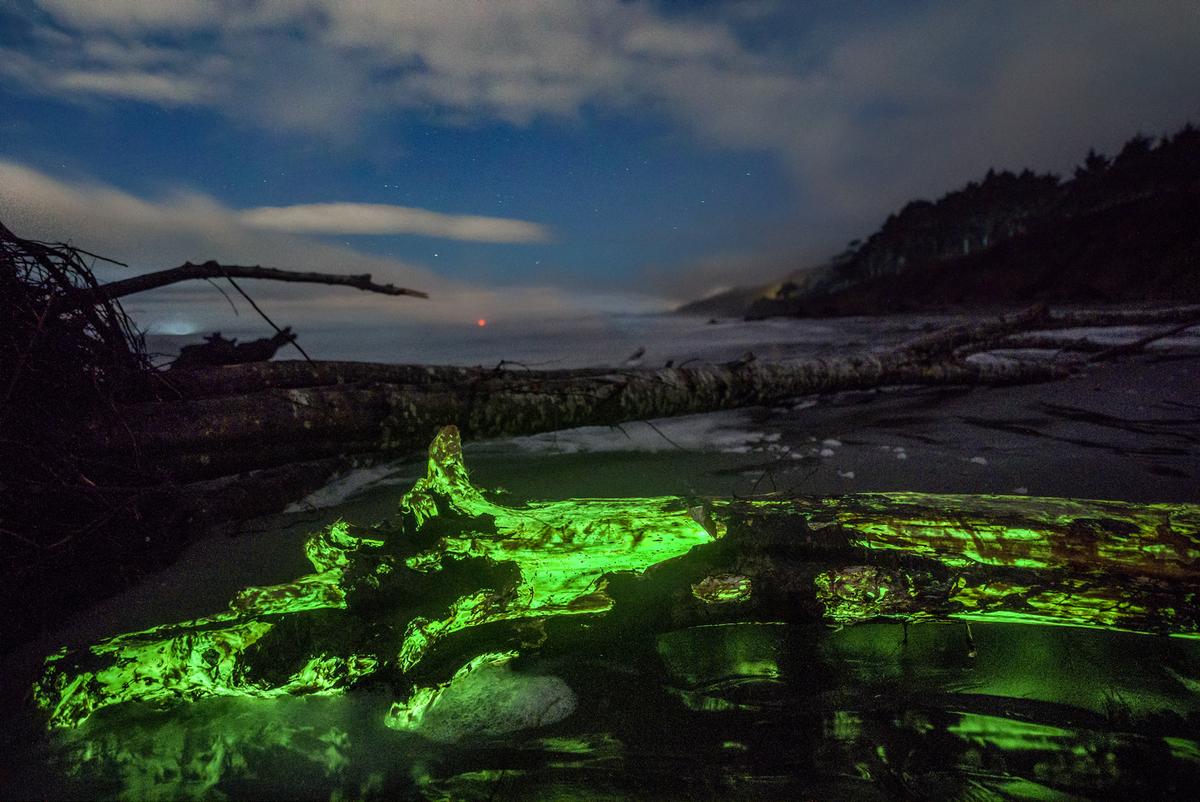
“I knew I should point my camera toward the ocean during the peak of the eclipse,” Nichols, a father of two, told The Epoch Times. “The moon’s light would be blocked out completely, and to see bioluminescence, there has to be almost no light pollution.
“Once I started taking the shots, I noticed there was no blue glow on the surf, but to my surprise, a green glow on the beach. I immediately walked straight towards the glow to inspect. Initially, I thought maybe someone left their lantern on the beach.”
Upon arrival, Nichols saw a large log of driftwood glowing bright green and realized that he had found the bioluminescent fungus.
Fascinated by this encounter, Nichols immediately wanted to learn more.
“Unfortunately, the moon was around full, and it would be a couple of weeks until I could get time at night with no moon in the sky to look for more. Once the time came, I started scouring nearby beaches, finding more and more glowing logs,” Nichols said.
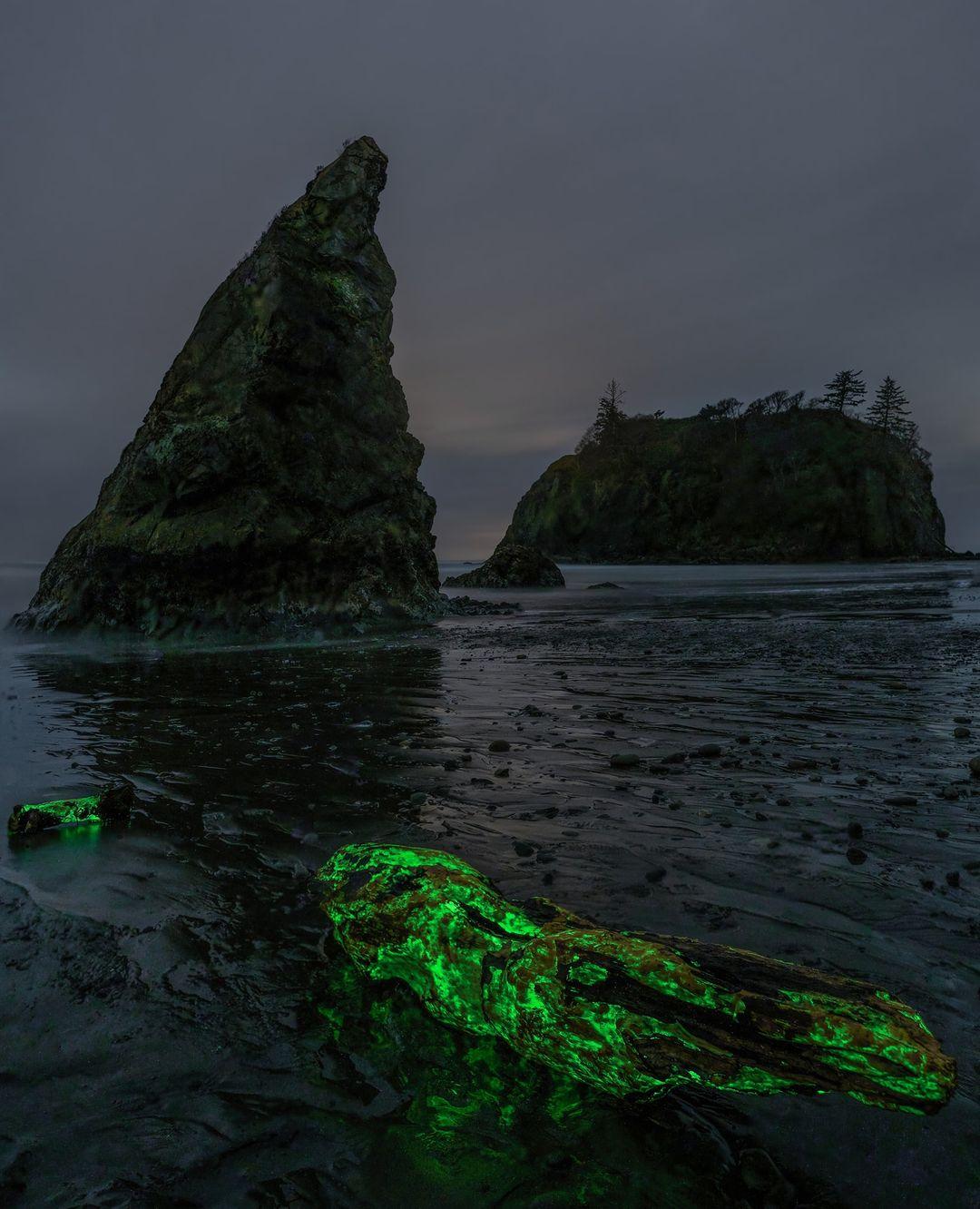
The ocean algae, or phytoplankton, requires agitation to glow, said Nichols; it is a defense mechanism these microorganisms use to ward off predators. Meanwhile, the bioluminescent fungus, or foxfire, clings to wood washed up from the ocean.
On Dec. 6, 2021, Nichols went to one of his favorite spots, a coastal waterfall at Third Beach, La Push, in hopes of capturing the amazing phenomenon again.
After a challenging 45-minute hike through lush forest in the dark, at low tide, Nichols got as close to the waterfall as he could by the light of the moon.
He found the perfect angle, capturing starfish and a glowing log facing the waterfall on camera, as well as an unexpected surprise.
“I noticed a bobcat about 300 feet in front of me,” he recalled. “When I shone my light at it, it darted toward the ocean ... it was hunting in the surf, trying to catch some fish for dinner. [As] it attacked the water, it was disrupting the bioluminescent algae, causing the water to glow bright blue.”
Shocked to discover that the algae could survive the 36-degree Fahrenheit December temperatures, Nichols adjusted his camera and snapped away for the incredible shots of the waves. “I was ecstatic!” he recalled. “The adrenaline kept me warm that night.”
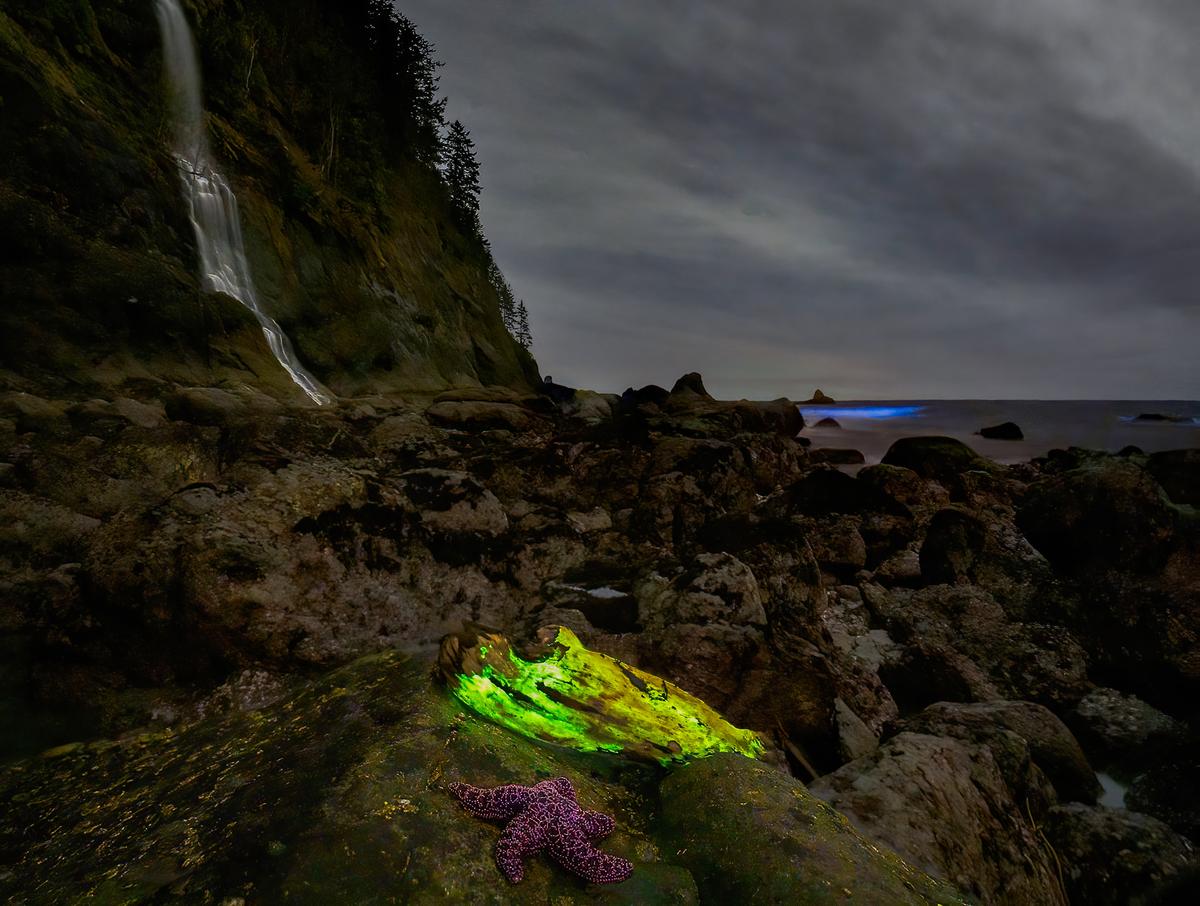
Nichols moved from Kansas to Forks, Washington, with his wife, Maleah, 26, and daughters, Aurora, 5, and Luna, 4, in 2018. He has only owned a “real camera” since April 2021, claiming he was first inspired by Comet NEOWISE—during the summer of 2020—to catch the once-in-a-lifetime sight on camera. However, he only possessed a phone camera at that time.
Thus, he took his phone to the beach during the meteor shower to practice taking photos so that he could capture the comet when the time came, unaware that what he was going to find that night would change his life forever. Turning his phone toward the ocean, he encountered bioluminescent algae, and a fascination was born.
Today, he is considered a local expert in the field.
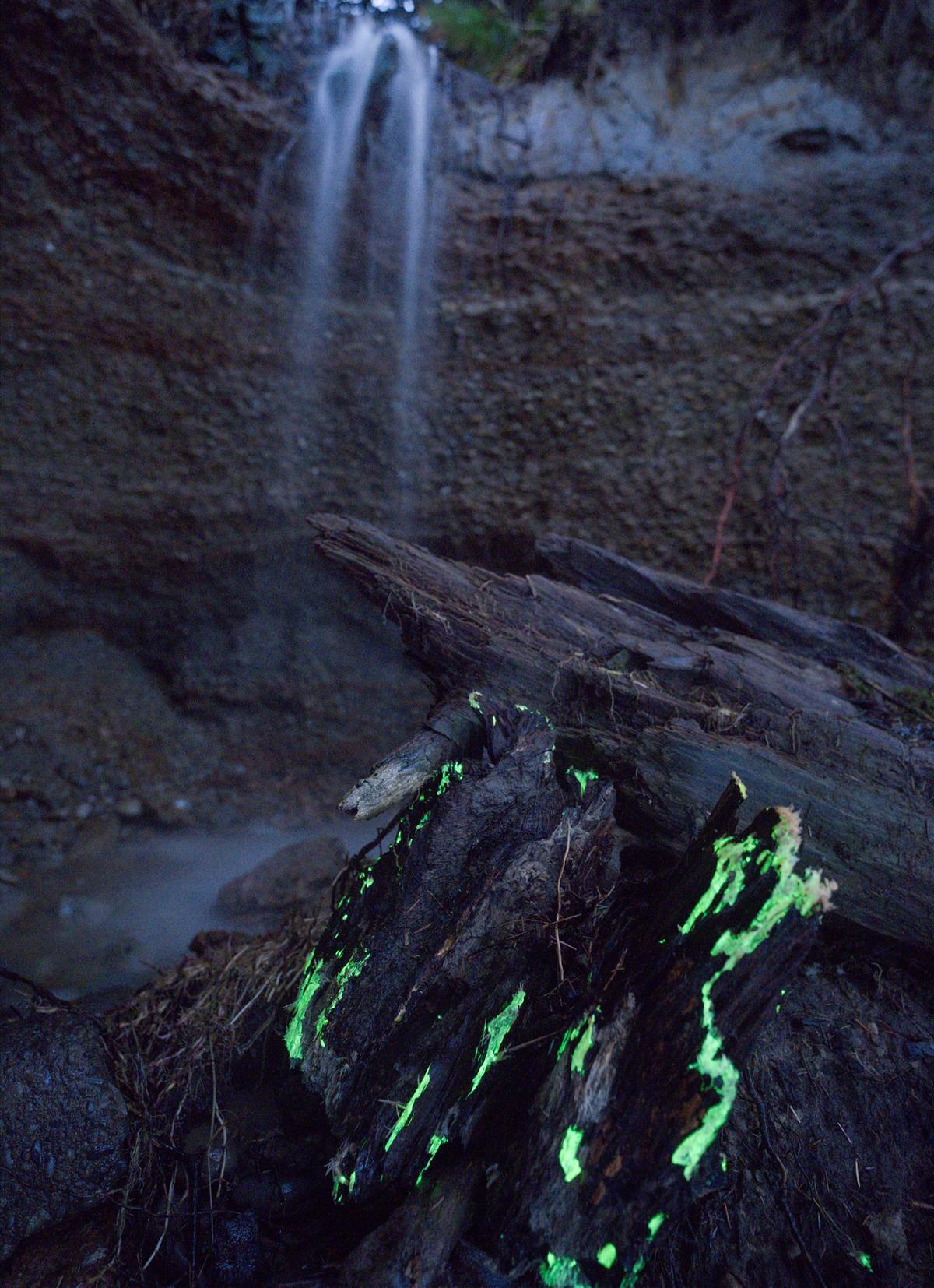
Speaking to The Epoch Times, Nichols shared his best tips for other photographers hoping to catch this phenomenon on film.
“The most important thing to consider is that there must be little to no light pollution,” he said. "This means you must plan around the moon phases ... also, you must let your eyes adjust to the darkness. Flashlights, cellphones, or any artificial lights will seriously dampen your experience.
“Low tide is a great time to experience it, because once you walk close to the ocean, your footprints glow blue from the algae and you can cause a whole tide pool to light up, vibrant blue, by agitating the water.”
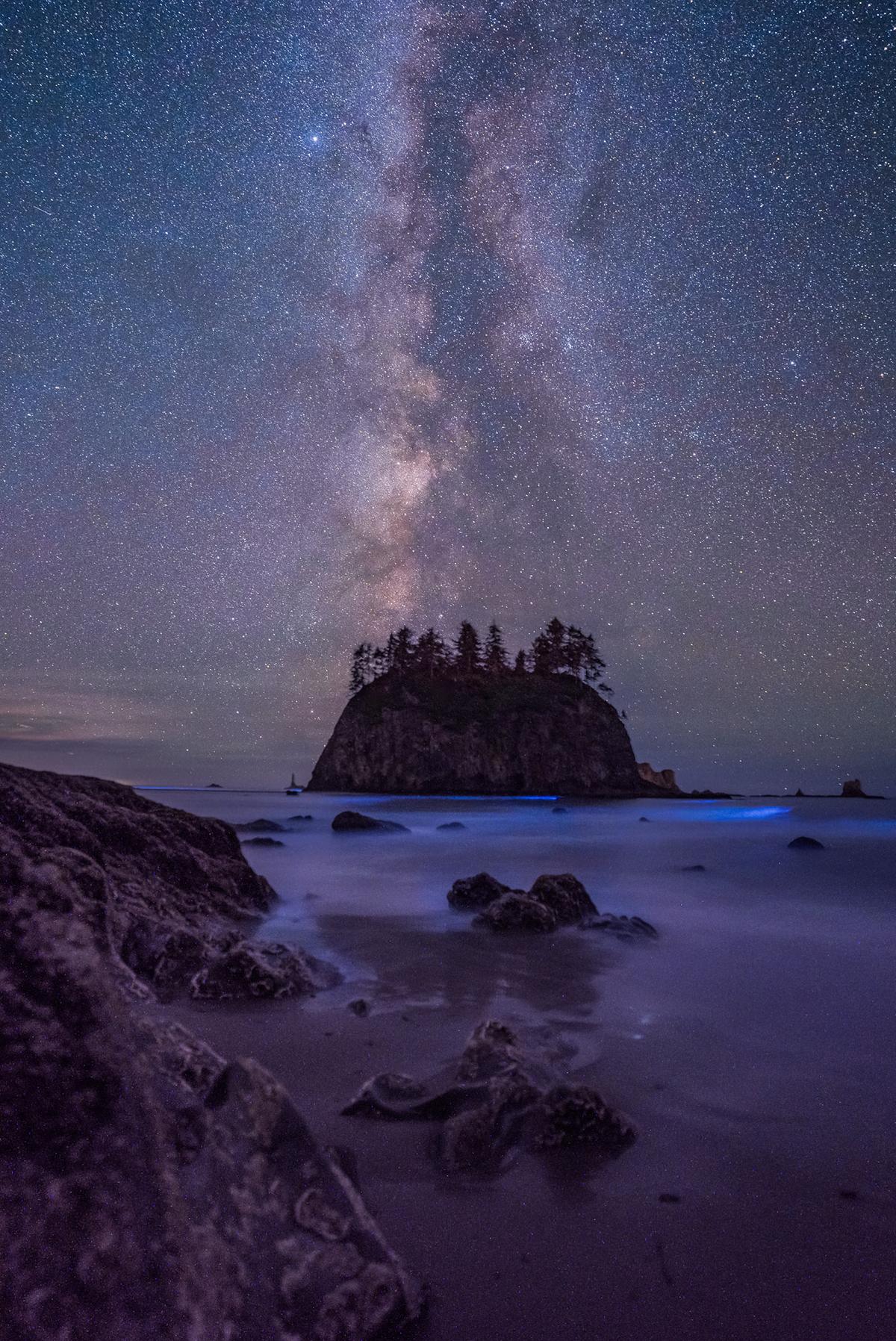
Additionally, said Nichols, a tripod for long-exposure and plenty of patience is key. He prefers a Sony A7iii camera with a 20mm f1.8 Sony lens for most shots, stacks images to reduce “noise,” and edits in Adobe Lightroom to tone down the glow to make it more true to life.
Nichols believes that bioluminescence exists on the U.S. coastline countrywide, but insists that anyone venturing out to see the glow under cover of darkness should take the proper precaution such as resting beforehand, packing for an overnight stay, and always putting safety first.
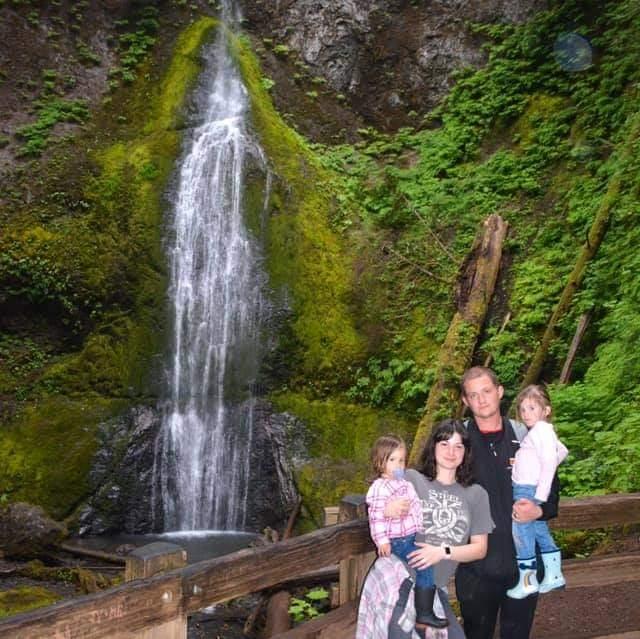
“Bioluminescence has changed my life forever,” said Nichols. “It is just so incredible to witness the closest thing to magic nature provides us with.
“When I first started, there was no information on Google showing that these things can be experienced where I live, so who knows what else there is to find in the darkness of the nights?”

